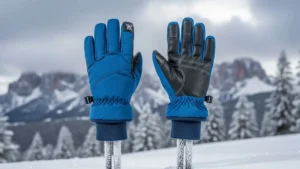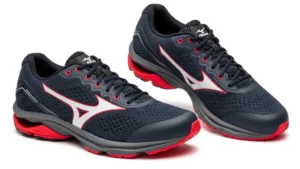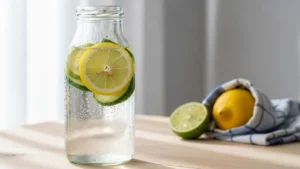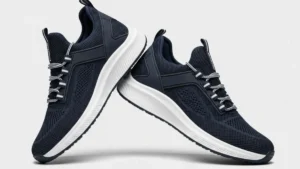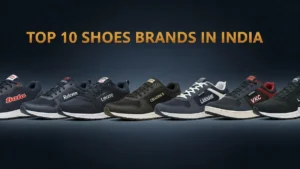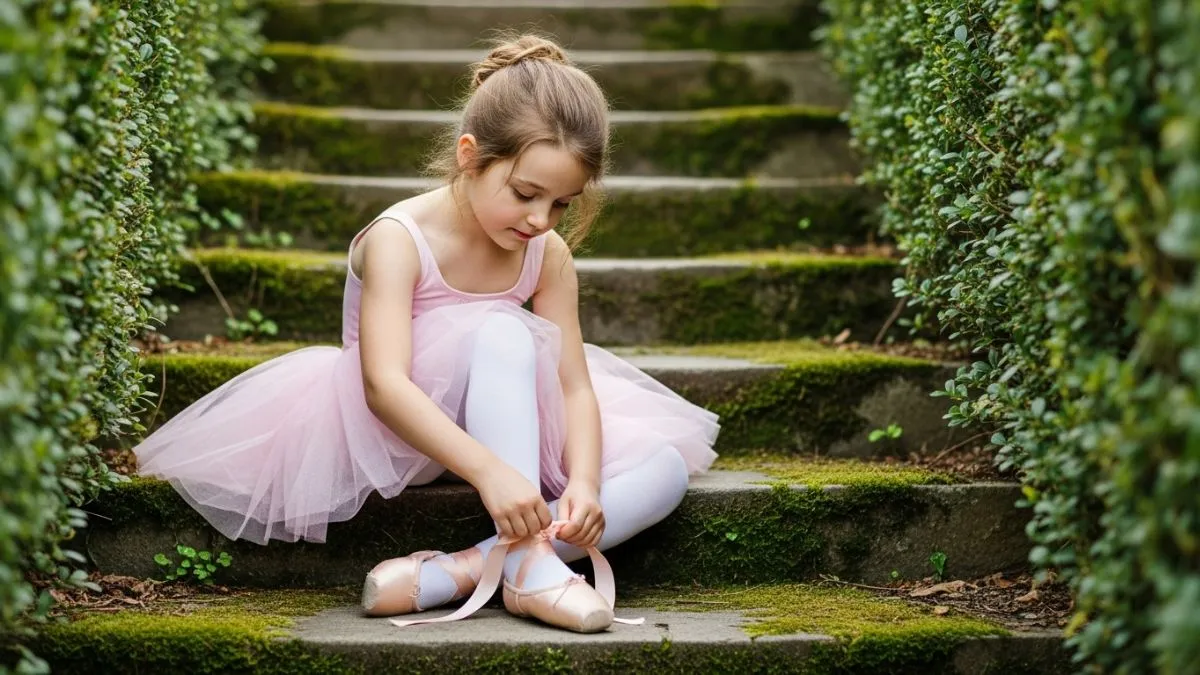
Quick Answers to Common Questions
What are the best infant ballet shoes for comfort?
The best infant ballet shoes for comfort are soft leather or satin slippers with a flexible sole and elastic straps. They allow natural foot movement, prevent rubbing, and fit snugly without being tight. Popular choices include brands like Capezio, Bloch, and Stelle for their comfort-focused designs.
If comfort is your top priority, focus on shoes made from breathable materials and with a soft interior lining. A flexible sole will let your baby’s feet move freely, while elastic straps help keep the shoes in place without cutting into the skin.
How do I choose the right fit for baby ballet shoes?
To choose the right fit, measure your baby’s feet while standing and match the measurement to the brand’s size chart. The shoes should have a snug fit without extra toe space, and the heel should stay secure without slipping.
Getting the fit right is important for both comfort and safety. Always measure both feet, as one foot may be slightly bigger. Avoid guessing sizes based on age alone—each brand’s sizing can vary.
Can infants wear ballet shoes at home for practice?
Yes, infants can wear ballet shoes at home for practice if the surface is safe and non-slippery. Soft sole ballet shoes are best for home use, as they help babies move freely without restricting foot development.
If you let your baby wear ballet shoes at home, make sure they practice on a non-slip surface like a dance mat or carpet. Avoid smooth tiles or hardwood floors unless you add grip socks underneath.
You Might Also Like: THERUNNINGPOST
How to Measure Your Baby’s Feet Accurately
To measure your baby’s feet accurately, place them standing on a sheet of paper, mark the heel and longest toe, then measure the distance in centimeters. Compare the result to the brand’s size chart. Measure both feet and use the larger measurement for the best fit.
Step-by-step measuring guide
- Place a sheet of paper against a wall.
- Have your baby stand with their heel touching the wall.
- Mark the tip of their longest toe.
- Measure the distance from heel to toe in centimeters.
- Repeat for both feet and record the larger size.
- Check the brand’s size chart for accuracy.
Common sizing mistakes to avoid
- Guessing shoe size based on age instead of measurement.
- Not measuring both feet (one can be slightly bigger).
- Adding extra “room to grow” that causes slipping.
- Forgetting to re-measure every few months as feet grow quickly.
Key Features to Look for in Infant Ballet Shoes
The best infant ballet shoes use soft, breathable materials, have a sole type that matches your baby’s needs, and secure with elastic straps or gentle closures. These features ensure comfort, proper movement, and a snug fit without causing irritation.
Material choices (leather, satin, canvas)
- Leather: Durable, flexible, and molds to the foot over time.
- Satin: Smooth, lightweight, and ideal for performances.
- Canvas: Breathable and easy to clean, good for practice.
Sole types (soft sole vs split sole)
- Soft sole: Best for beginners; allows natural foot movement.
- Split sole: Offers more flexibility and defines the arch, suited for older toddlers.
Elastic straps and closures
Elastic straps keep shoes in place without pinching. Adjustable closures help customize the fit, preventing slipping or tightness. Look for straps that are stitched securely to avoid fraying.
Best Infant Ballet Shoes in 2025 (Top Picks)
The top infant ballet shoes in 2025 include the Capezio Daisy for all-day comfort, Bloch Dansoft for wider feet, and Stelle Baby Ballet Slippers for parents on a budget. Each option offers secure fit, quality materials, and features suited to different needs.
Brand 1: Comfort-focused option – Capezio Daisy
Made from soft leather with a full suede sole, the Capezio Daisy molds to a baby’s foot for lasting comfort. It has an adjustable elastic strap and comes in multiple widths to ensure a precise fit. Ideal for classes and at-home practice.
Brand 2: Best for wide feet – Bloch Dansoft
Bloch Dansoft offers a generous width, making it perfect for babies with broader feet. The pre-sewn elastic strap saves time, and the soft leather upper provides durability. The cushioned insole adds extra comfort for longer wear.
Brand 3: Budget-friendly option – Stelle Baby Ballet Slippers
Stelle offers a balance of affordability and quality. These slippers use breathable canvas with a soft sole, making them light and flexible. They’re easy to clean and available in several colors for style variety.
Infant Shoes Mary Janes – A Stylish Alternative
Infant shoes Mary Janes are a stylish alternative to ballet shoes when the occasion calls for everyday wear with added foot support. They offer secure straps, cushioned insoles, and a dressy look, making them suitable for events, casual outings, and light indoor activities.
When to choose Mary Janes instead of ballet shoes
Mary Janes work best when you want style and support in one shoe. They’re better than ballet slippers for outdoor wear or situations that need more sole protection. Unlike ballet shoes, they handle different surfaces without wearing out quickly.
Style benefits and comfort features
Their rounded toe and classic strap give a timeless look that matches dresses, skirts, and even casual outfits. Many have padded insoles and flexible rubber soles for all-day comfort. The adjustable strap also keeps the shoe secure during active movement.
Best brands for infant Mary Janes
- Stride Rite Soft Motion Mary Janes – Known for sturdy construction and arch support.
- Carter’s Every Step Mary Janes – Affordable with soft interiors for baby comfort.
- See Kai Run Smaller Mary Janes – Lightweight and flexible with stylish designs.
Caring for Infant Ballet Shoes
To care for infant ballet shoes, clean them according to the material, avoid soaking, and store them in a cool, dry place. Proper cleaning and storage help maintain their shape, extend their life, and keep them looking fresh for practice or performances.
Cleaning methods for leather, satin, and canvas
- Leather: Wipe with a damp cloth and mild soap. Avoid soaking to prevent stiffness.
- Satin: Spot clean with a soft cloth and gentle detergent. Air dry away from sunlight.
- Canvas: Hand wash with lukewarm water and mild detergent. Shape them while drying.
Storage tips to maintain shape
- Keep them in a breathable shoe bag, not plastic.
- Avoid direct heat or sunlight to prevent material damage.
- Use tissue paper inside to hold the shape when not in use.
Common Mistakes Parents Make When Buying Infant Ballet Shoes
The most common mistakes are picking a size based on age instead of actual measurements, buying shoes with stiff soles, and overlooking adjustable straps. These errors can cause discomfort, limit movement, and make the shoes slip off during practice.
Choosing size based on age, not measurement
Age charts are rough estimates. Every baby’s foot grows differently, so relying on age can lead to shoes that are too tight or too loose. Always measure both feet before buying.
Ignoring sole flexibility
A stiff sole can limit natural foot movement and affect balance. Soft or split soles allow the baby to flex their feet freely, which is essential for early dance training.
Overlooking strap adjustability
Non-adjustable straps may pinch or let shoes slide off. Adjustable elastic or Velcro straps ensure a secure yet comfortable fit as the baby’s feet grow.
Safety Tips for Babies Wearing Ballet Shoes
Babies stay safer in ballet shoes when you check the fit before each use, keep them off slippery floors, and watch for signs of discomfort. These simple steps reduce the risk of falls, blisters, and strain on developing feet.
Checking fit before each use
Babies’ feet change fast. A snug fit without pinching gives support and prevents rubbing. Check toe space and strap tightness every time.
Avoiding slippery floors
Smooth floors can turn ballet shoes into skates. Use non-slip mats or carpeted areas during practice to avoid accidents.
Watching for signs of discomfort
Red marks, limping, or trying to remove the shoes are red flags. Address fit or material issues immediately to protect foot health.
Final Buying Checklist for Parents
Before buying infant ballet shoes, check the fit at toes, heel, and straps, balance comfort with style, and weigh price against durability. This ensures you get shoes that feel good, look good, and last through active wear.
Key fit points to check
The toes should have a thumb’s width of space, heels should stay in place without slipping, and straps should be secure but not tight.
Comfort vs style balance
Pretty shoes aren’t worth it if they cause blisters or restrict movement. Prioritise breathable materials and flexible soles, then choose colours or designs you like.
Price vs durability considerations
Cheaper shoes may wear out quickly. Look for reinforced stitching and quality materials that can withstand frequent use without losing shape.
FAQs
Buying a size bigger isn’t ideal, as loose shoes can cause trips. Infant ballet shoes usually last 3–6 months, depending on growth. Soft soles are better for babies, as they allow natural foot movement while offering light protection.
Can I buy ballet shoes one size bigger?
It’s tempting to size up to save money, but loose shoes can slip off or cause falls. Ballet shoes should fit snugly without restricting movement.
How long do infant ballet shoes last?
Most last 3–6 months, depending on how fast your baby’s feet grow and how often they’re worn. Dance practice may wear them out faster than casual use.
Are soft soles better for babies?
Yes. Soft soles allow natural movement and help babies feel the floor, which supports balance and muscle development. Hard soles can be too rigid for early walkers.

